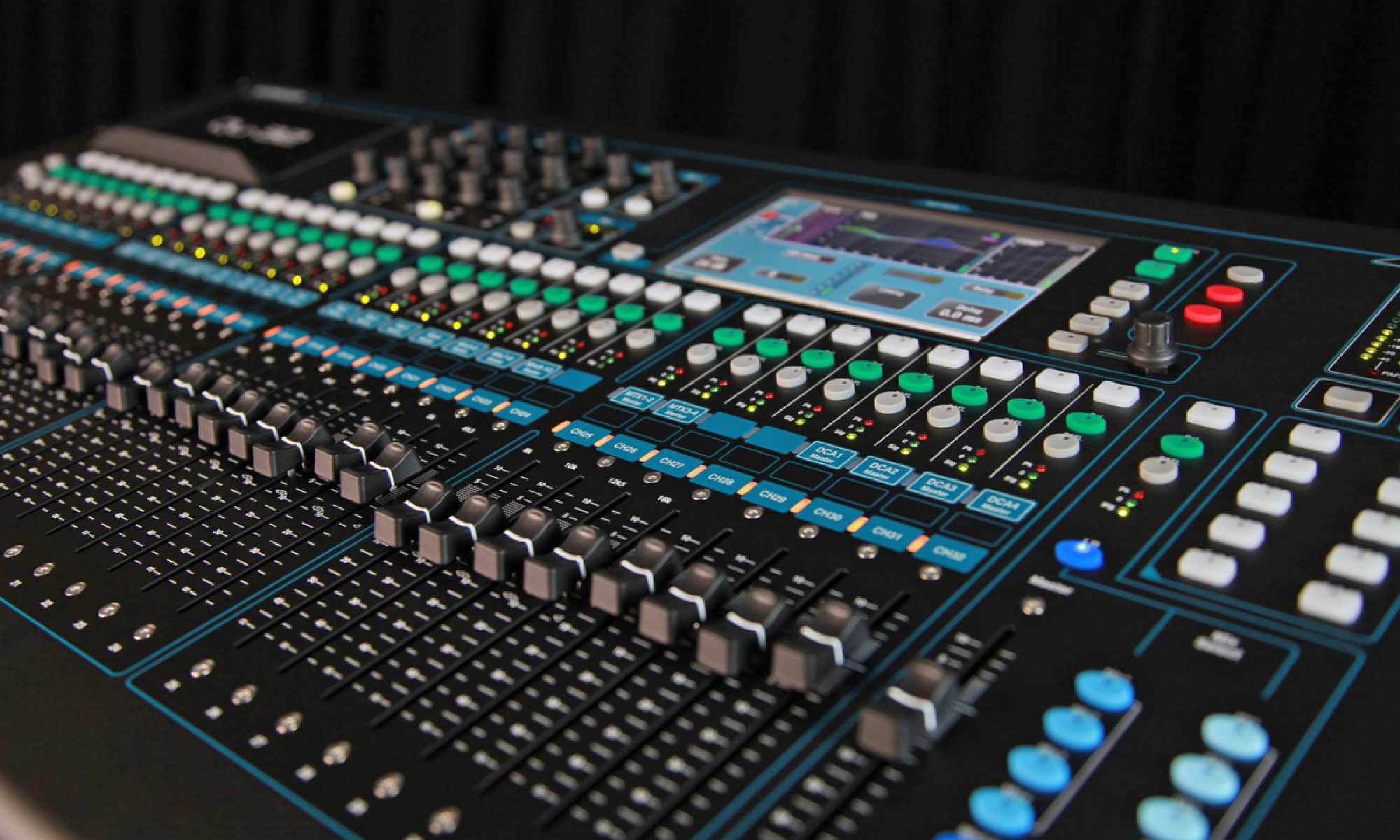Welcome back to week 4 of our 5 week series on my top 5 Waves plugins. Over the last 3 weeks we have been stepping through my mind and the plugins I’d pick if I could only have a few plugins. I started the series at #5 with the CLA-76, continued at #4 with the Vitamin Sonic Enhancer, and discussed last week the Waves C6 as my #3. In many ways this is my dream team and for that reason I’m really excited about this week’s plugin which I’ve slotted in at #2, ever so narrowly edging out the C6. What makes this difficult is that I probably use the C6 more but the feature set in this plugin makes it much more valuable to me as I inch towards my most favorite and most valuable plugin. My #2 Waves plugin the Schepps Omni Channel.
Designed by Andrew Schepps this plugin was tailored to his workflow to bring us the tools that he uses in his everyday work. Because once again Waves does such a good job summing up what this plugin can do I’ll reference their publication to list the features available in the plugin.
- Flexible channel strip plugin based on Andrew’s tried and tested processing combinations
- Pre, compression, EQ and gating modules, each with diverse options for sonic flexibility
- DS² module: so much more than a de-esser, with 2 full-range bands and 4 filter types
- Insert slot: Load an extra Waves plugin anywhere in the channel strip
- Drag and drop any module anywhere in the channel strip
- Internal MS/Duo/Stereo routing per module
- Stereo component provides full discrete control over each channel
- Flexible shaping of internal or external sidechain input
- Zero latency
- ‘Focus’ presets designed by Andrew to focus you on what’s important
- Artist presets by Tony Visconti, Billy Bush, Ken ‘Pooch’ Van Druten & more
What all of that means is that this plugin is incredibly flexible. You can literally drag and drop the modules to whatever order you like, disable the ones you don’t want to use, and even insert a plugin within the plugin (yep, inception for audio!).
The ability to insert a plugin within the chain you’ve created dramatically increases the value of this plugin in my mind. For instance, my old acoustic chain used to be 4-5 plugins deep as I dropped stuff in (disable parts of plugins I wasn’t using) to do all the same things as this one plugin. Now, with the Omni-Channel, I only have one plugin. I don’t need that side-chained c6 to help dip the acoustic’s vocal range based on the lead vocalist because there is a built in side-chainable de-esser. I don’t need the Hcomp anymore because the built-in compressor has a mix knob which is why I use the hcomp on guitars in general. I can insert my harmonizer of choice (in the case of the acoustic I usually use parallel particles) right where I want it which is right after compression. There is even some great pre-amp modelling and EQ built-in that I’ve been able to incorporate. I love this plugin on acoustic sources like strings, pianos, acoustic guitars, etc because of the way it sounds when you use the modelling available.
Another great feature of this plugin is the zero latency. Putting aside any latency added from the plugin you add into the plugin, the plugin is made to drop in on everything, shut off what you don’t need, and cruising right along. The plugin itself is incredibly resource light which allows for lots of instances and lots of power without lots of DSP. The low resource requirement and zero latency cost are what really set this plugin apart to me from something like the CLA mixhub. Now the workflow that the mixhub is based around is not possible with the omni-channel so if that’s important to you that you’ll only find that in the mixhub. What’s most important to me is ultimate flexibility and I don’t know of any other plugin of this magnitude that allows you to insert another plugin inside of its’ internal signal chain.
Right along with that are the preset options. Once again, the presets aren’t perfect but when I got the plugin I was looking for some ideas on how I can better utilize it as a tool in my toolbox and the presets really helped me see and think about how this plugin can be used for good in my mix. I’d encourage you to really spend some time with an acoustic source, with no other plugins but the omni-channel, and start tweaking. While this plugin may not sound any better than your other chains, it sounds just as good at a fraction of the resource/latency cost because you are doing the work of many plugins all inside one plugin.
I know the omni-channel may not be everyone’s second favorite plugin but the more I use it, the more I want to keep using it. It has also solved a lot of unique issues I’ve come across in terms of getting the desired routing. If you have any questions about how I use it, email me at daniel@studiostagelive.com and I’ll get back to you as soon as I can. Next week I’ll be wrapping up the series talking about my favorite and most used plugin. It may not be what you think so be sure to tune in and see. If you want to be reminded about the post, subscribe at this link, and you’ll get an email letting you know when the post is live. See you on the flipside and happy mixing!



